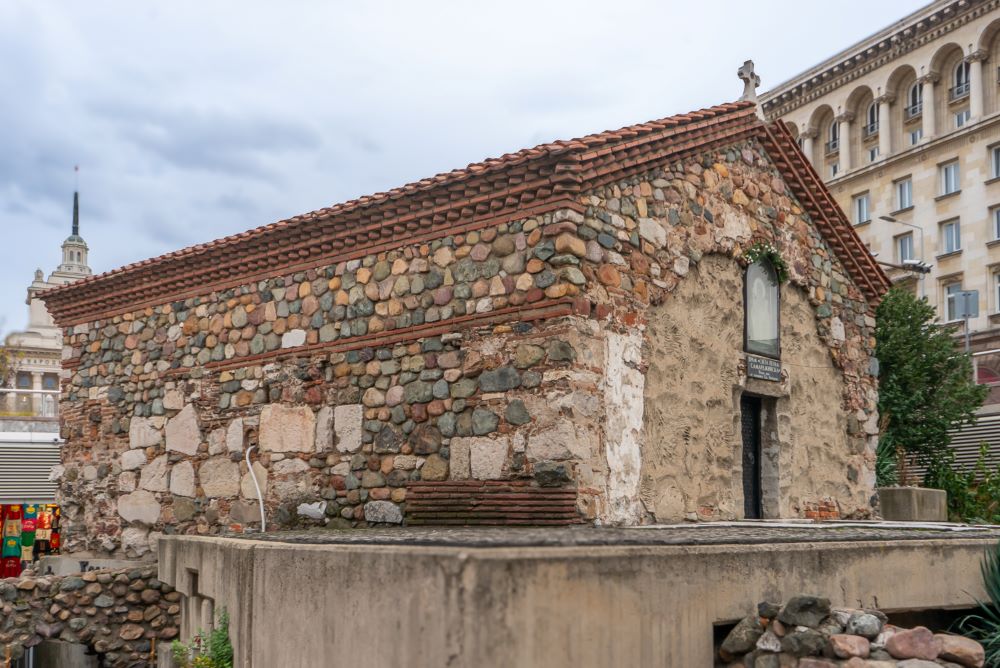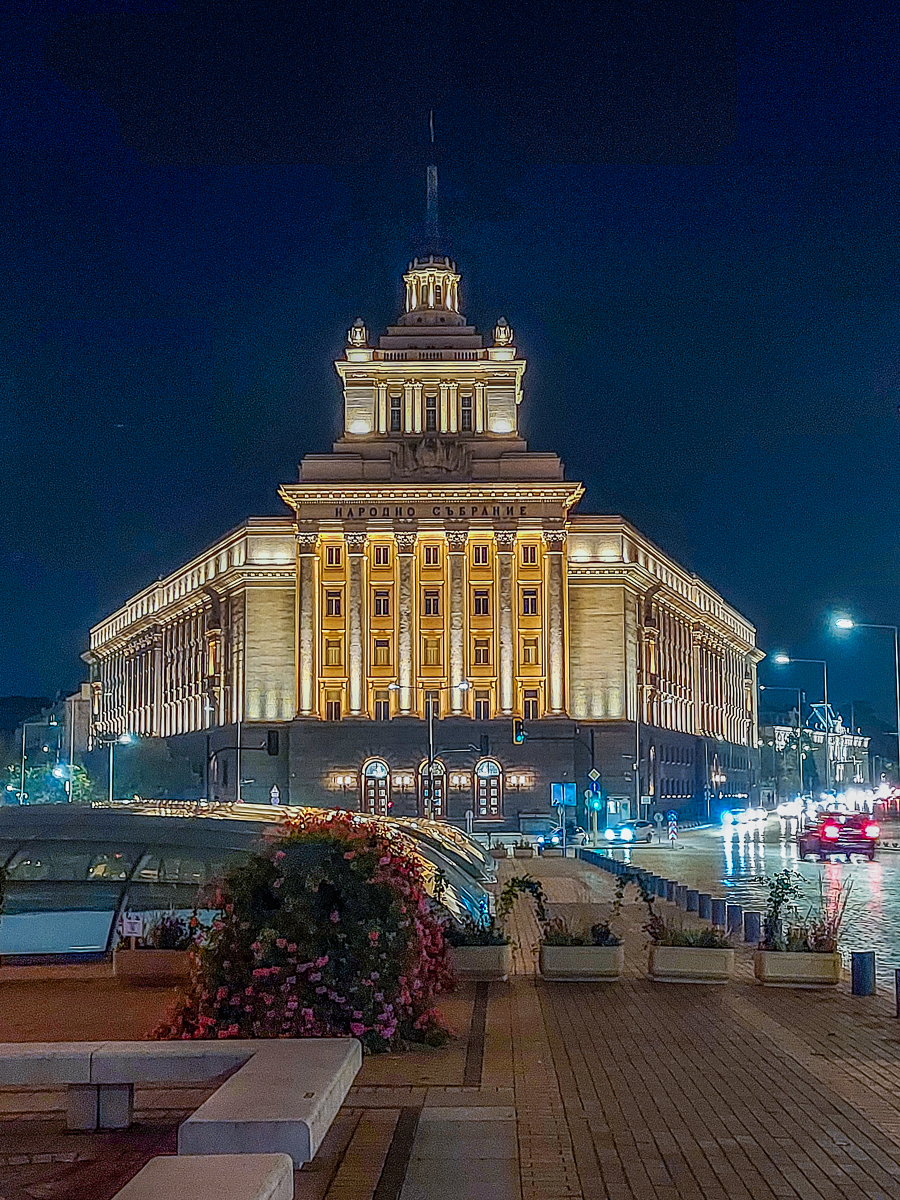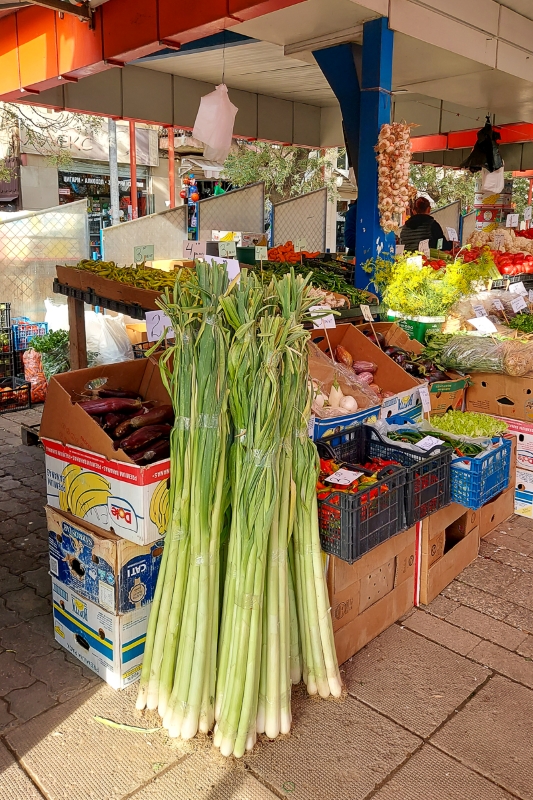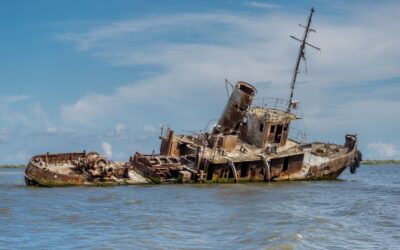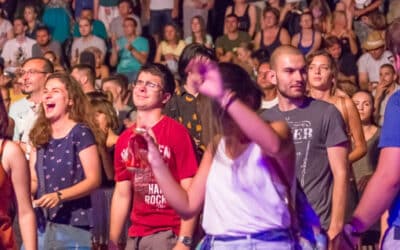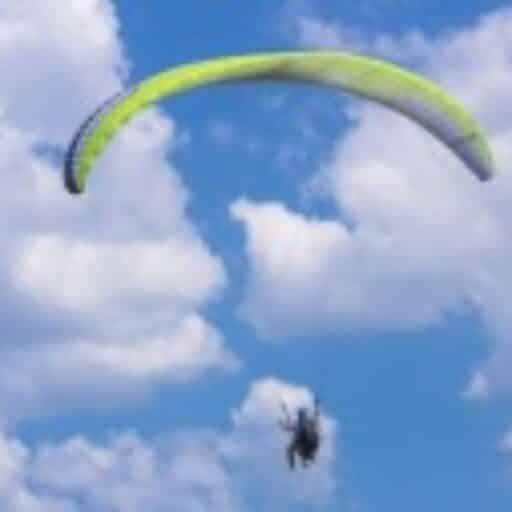St. Sofia church
Sofia, the capital of Bulgaria
Bulgaria has been a member of the European family since 2007. It is only two thousand kilometres from my home country, the Netherlands. Yet I know next to nothing about Bulgaria, with more than six million inhabitants, of which more than a million live in the capital, Sofia.
The fact that the language, culture and history ⓘ are largely unknown to me is pretty strange for a country with thousands of years of history. Although the Huns, Romans, Russians and Ottomans all left their traces, I cannot remember that Bulgaria was ever discussed during history lessons in high school. In fact, in those six years, Eastern Europe was hardly discussed unless it was part of the Soviet Union or the Second World War.
The History of Sofia
Sofia, known in ancient times as Serdica and in the Middle Ages as Sredets, has been inhabited since 7000 years BC. The city’s recorded history begins with Serdica’s conquest by the Romans in 29 BC from the Celtic tribe of Serdi.
The Huns, Visigoths, Avars and Slavs raided the city during the decline of the Roman Empire. Serdica became part of the Bulgarian Empire in 809 and became known as Sredets in 809. The Byzantines ended Bulgarian rule in 1018. Almost two hundred years later, in 1194, it was reabsorbed by the reborn Bulgarian Empire. Sredets became an important administrative, economic, cultural and literary centre until its conquest by the Ottomans in 1382.
It was not until 1908 that Bulgaria became a fully independent kingdom. During World War II, Bulgaria sided with Germany. After WWII, Bulgaria became part of the Soviet Union. It became a democracy in 1989 and joined the European Union in 2007.
Sveta Petka church Serdica
Serdica archaeological complex
The Serdica archaeological complex (used from the fourth to the sixth centuries) is located partly under Nezavisimost Square, next to the Serdika Metro Station. This section can be viewed for free.
Other archaeological remains lie beneath the Knyaginya Maria Luiza Boulevard. The excavation consists of several streets of the Roman city, where the houses of the elite stood. Parts of six streets are visible, together with two early Christian basilicas, thermal baths and five buildings used for living, as a factory and shop.
View prices and opening hours of the excavations.
Regional Historical Museum
The next stop on a historical quest is the Regional Historical Museum, housed in one of the most beautiful buildings in the capital – the former bath house built in 1912.
An exhibition is spread over eight halls with a total area of 2300 m2. It includes exhibitions covering more than eight thousand years – from the Neolithic to 1940.
Buy entrance tickets to the museum.
A modern capital
Sofia’s history is embedded in a modern city. The contemporary centre combines neo-baroque, neo-rococo, neo-Renaissance and neoclassicism, alternated with Stalinist and modern office buildings. It is, in short, a typical Central European city where old and new stand side by side.
Triangle of religious tolerance
What is immediately striking when visiting is that this must be the city with the highest density of churches worldwide. There is one every few hundred meters. The Alexander Nevsky Cathedral is the most important.
Alexander Nevsky Cathedral
St. Alexander Nevsky Cathedral is an Orthodox cathedral in neo-Byzantine style, built at the end of the nineteenth century. It is one of the world’s fifty largest Christian church buildings and one of Bulgaria’s most important tourist attractions.
This cathedral was built in honour of Russian soldiers who fell during the Russo-Turkish War of 1877-1878, freeing Bulgaria from Ottoman rule.
Although the Orthodox churches are in the majority, you will also find Catholic churches in the city. Moreover, the Orthodox Sveta Nedelya Church, the Banya Bashi Mosque and the Synagogue are just a few meters from each other. The location of these three religious buildings is important because they emphasize understanding and acceptance of a multi-religious society in Bulgaria.
Banya Bashi-mosque
The Banya Bashi Mosque opened in 1576 and is the only remaining functioning mosque in the city. The building takes its name from the expression Banya Bashi, which means many baths. The property is a remnant of the Ottoman rule of Bulgaria that lasted almost five centuries.
A large dome, with a diameter of fifteen meters and the minaret, are the distinguishing features of the mosque. On Fridays, the service is broadcast over a loudspeaker for those who cannot fit inside.
Sveta Nedelya kerk
The Sveta Nedelya Church has beautiful wooden carvings dating from the 19th century. It also contains the remains of King Stephan Urosh II.
Synagogue
The synagogue has symbolized the Jewish community of Bulgaria for almost a century. It is the second-largest Sephardic (Spanish-Jewish) synagogue in Europe. The interior is richly decorated, with Carrara marble columns, multicoloured Venetian mosaics, and decorative carvings.
1909, the synagogue completed the Triangle of Religious Tolerance when it opened. Eighty years later, little was left of the earlier religious tolerance. In 1984, Turkish names were banned, and mosques closed. In 1989, hundreds of thousands of Muslims fled the country due to repressive measures against Muslim minorities. After Bulgary became a democratic country, the rights of ethnic minorities were restored.
You will mainly find Christian churches in the contemporary centre.
George’s Church
St. George’s Church is a round church of red bricks, initially built in the early 4th century as Roman baths. The building later functioned as a church within the walls of Serdica. The church is probably the oldest building in the city and belongs to the Bulgarian Orthodox Church.
Frescoes from the twelfth century
The church is famous for the frescoes in the central dome, of which three layers have been uncovered; the earliest fresco dates from the 10th century.
Frescoes of 22 prophets over two meters high decorate the dome. During the Ottoman period, these frescos were painted over when the building was used as a mosque. Only in the twentieth century were these frescoes uncovered and restored.
The church is hidden in a courtyard between Hotel Balkan and the Presidency.
Sofia Church
St. Sofia’s Church is the second oldest church in the city, dating from the mid-sixth century. In the 14th century, the church gave its name to the town, previously known as Sredets. The church was converted into a mosque during Ottoman rule. Minarets were added, and the original 12th-century frescoes were destroyed. Two earthquakes in the nineteenth century destroyed the building and one of the minarets, resulting in the mosque being closed.
After 1900, the restoration started. St. Sofia’s Church is now one of the most important early Christian buildings in Southeastern Europe. Complex early Christian mosaics with ornaments of flora and fauna cover the floor. The church stands in the middle of an ancient necropolis.
The most exciting part is the underground museum where the centuries have been uncovered, including the Roman remains of Serdika, mosaics, frescoes and a cemetery.
Although the religious buildings and archaeological excavations are the city’s main attractions, there are plenty of opportunities to shop on Vitosha Boulevard and at the women’s market.
mosaic St. Sofia church
Women’s Market – Jenski Pazar
The Zhenski Pazar (Women’s Market) near the Lion Bridge is the city’s busiest open-air market. This is the oldest market in the Bulgarian capital, founded in 1878. Initially, the stall owners were all women, hence the name of the market. Now, both men and women from the region sell their products here.
Here, you will find fruits and vegetables, cheese, cold cuts, dried fruits and nuts, homemade halva and other Turkish-inspired delicacies.
There are two sections, one for fruits, vegetables and food and the other for clothes and shoes
Sofia valley
If you want to escape the city for a while, the mountains surrounding the valley offer a green haven. The metropolis is located at an altitude of five hundred and fifty meters, surrounded by the Balkan Mountains and the Vitosha and is the second-highest capital of the European Union (after Madrid) and the third-highest in Europe (after Andorra la Vella and Madrid).
From the centre, take the metro and bus to Boyana. From the village, walk to the Vitosha waterfall. You must hike five hundred meters via the green (easy) or steep red route.
After rain and with the prospect of a lot of scrambling and autumn leaves, opt for the easy way, as the path is probably very slippery. In winter, the walk is pleasant, and the waterfall is lovely. For spectacular waterfalls, it is best to visit in spring when the meltwater creates an enormous waterfall.
Practical information
To eat
- Art Klub Museum is a cosy, informal restaurant in the centre, on Saborna 2, with an excellent menu and vegetarian options.
- Satsanga restaurant serves Indian food (Georgi Benkovski 8), which is tasty and vegetarian.
- For a traditional Bulgarian touch, head to Moma (Solunska 28). The food is quite pricey and meh, as is the service, but the decoration is nice.
Stay overnight
- Art Otel is in the city’s heart, near Vitosha Street, the city’s main shopping area. The historic building is near the business district with government buildings and banks. Art Otel is located 500 meters from the NDK metro station.
View prices and availability of rooms.
Money
The Bulgarian currency, awaiting the Euro, is the Lev. Although cash is still required in many places, including McDonald’s and museums, they do not accept larger notes at the museum entrance or at McDonald’s. By larger, I mean fifty Lev, about twenty-five euros (November 2023).
Accessibility
- From Serbia, Flixbuses regularly go to Sofia.
- From Sofia, you can take the night train to Istanbul. View prices and options here.
- From Europe there are many direct flights to Sofia.
Further reading
Belgrade, the white city
The Belgrade sights are generally not impressive, except for the imposing Sava Cathedral. This cathedral alone makes a visit to Belgrade worthwhile. The pedestrian area in the historic shopping centre is beautiful with Art Nouveau buildings. Outside the old city centre, plenty of markets, shops and shopping centres are open until late at night.
Istanbul at a crossroads between East and West
Istanbul, wow, what a city! Everything comes together in this metropolitan. Europe and Asia, East and West, Islam and Christianity.
War and Peace in the Dardanelles
The Dardanelles is a narrow strip of water in Turkey that separates Europe from Asia. The area has been of strategic importance for centuries.
Danube Delta, a voyage of discovery
The Danube Delta is a remote region in Romania where you will meet only a few locals and a handful of foreign tourists. It is, in fact, Romania’s best-kept secret.
The Delta consists of narrow creeks, canals, rivers, lakes, enchanting islands, pearly white sandy beaches and amazing wildlife. On a boat, with a camera at hand, it is easy to imagine that I am the new David Attenborough.
5 reasons to visit Dobrogea in Romania
Want to eat honey from a comb or simply leave behind the stresses of the modern world? Then Dobrogea is a good place to start exploring rural Romania.
Nisville Jazzfestival Nis, Serbia
Nisville, the annual jazz festival in southern Serbia is jazz, blues, reggae, rock, pop, drinks, great food and lots of fun.


